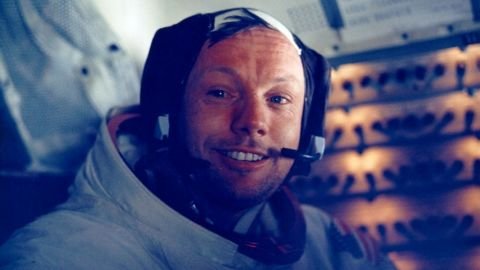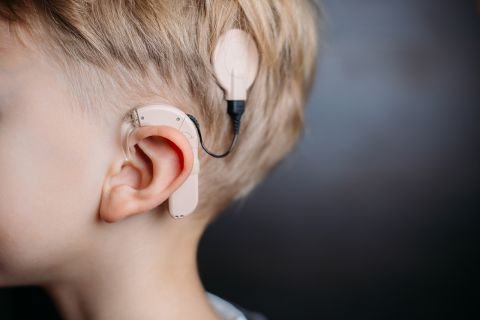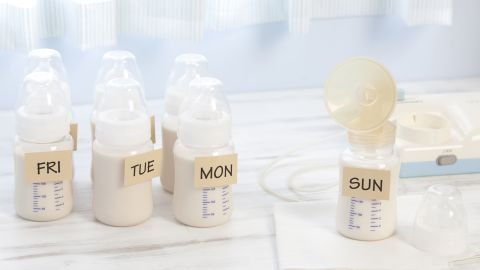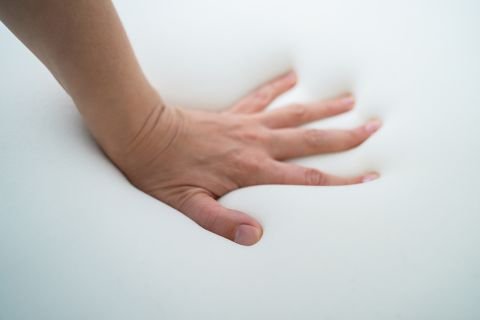Opinion: Why I’m a space environmentalist — and why you should be, too | CNN
Editors Note: Astrodynamicist Moriba Jah is an associate professor of Aerospace Engineering and Engineering Mechanics at the University of Texas at Austin, and co-founder and chief scientist of Privateer, a space data intelligence company. The views expressed in this commentary are his own. View more opinion on CNN.
CNN
—
There are currently over 27,000 pieces of human-made objects being tracked as they orbit Earth, but that only includes objects larger than a softball. If you consider all debris, that number is estimated to be closer to 100 million. This can be anything from dead satellites still in orbit to pieces of metal, screws or flecks of paint.
But what does that mean for us?
Thanks to space exploration, and our history of putting objects into space, we know more about ourselves, our planet and our universe. Our lives today depend on whats in space: communications systems, weather forecasting, financial transactions and even the location and navigation functions on your cell phone rely on satellites. Many of the innovations we have come to love, like memory foam mattresses and LASIK eye surgery, came about because of our celestial exploration.
Until now, space has been seen as a free-for-all the next frontier to explore. But what we forget is that its also an ecosystem and like any ecosystem, exploration of it has come at an environmental cost. Even the tiniest speck of debris, orbiting at around 15,700 miles per hour, can damage satellites and disrupt the services that have become essential to our daily lives. Even worse, large pieces of debris can fall from the sky and crash on Earth. In July, remnants of a Chinese rocket returned from orbit and landed in the Indian Ocean. While we are fortunate that it didnt cause further damage, we may not be so lucky next time. Theres an appreciable chance that someone will be killed by space debris this decade.
Ive always felt a sense of stewardship toward this place we know as our home, Earth. That feeling came to fruition most intensely while on a trip to Alaska in 2015, when I saw the way certain indigenous groups live in harmony with our planet despite the terrible environmental and societal damage caused by colonization. I thought: We, as humanity, will not survive if we do not embrace stewardship over ownership.
Ownership asks us to make claims to rights, whereas stewardship asks us to make claims to responsibilities. The effect on the environment, and our ability to use it harmoniously and sustainably, is determined by whether we adopt an ethos of ownership or of stewardship.

As an astrodynamicist, who studies the motion of natural and human-made bodies in space, I knew space was a neglected ecosystem that needed to be protected. If this next frontier is full of junk, we wont be able to fully explore or tap into the innovations that space can provide. That will jeopardize our ability to reliably know more about ourselves and our planet knowledge that stems uniquely from space-based data.
There is much redundancy in space. Over 4,500 active satellites currently orbit Earth. This number has doubled in the past two years and will continue to grow, but many of them are unnecessary. We often see many different satellites in a common orbital highway that provide the same services. This redundancy stems from an ownership as opposed to a stewardship perspective. As weve seen on Earth, a lack of shared resources across borders and sectors has allowed this free-for-all to perpetuate, leading to greater pollution in space and the increasing likelihood of debris falling from the sky. To be sure, competition in and of itself is not a bad thing. However, when competition exists without holistic management of resources and ecosystems, the outcome is detrimental for all a tragedy of the commons.
Armed with this knowledge, and inspired by indigenous traditions of environmental stewardship, I became what I like to call a space environmentalist.
So how do we solve this growing concern of space debris and not repeat the same mistakes weve made on Earth? How can you become a space environmentalist too?
The good news is that there are already large-scale solutions in play. Government agencies are beginning to get involved. In July, the White House released its orbital debris implementation plan, outlining 44 specific actions for government agencies to lead. The European Space Agency is launching its first debris removal project in 2025.

In the private sector, the Space Sustainability Rating (SSR), which went live this summer, provides a data-based rating system to quantify the sustainability of space missions, while offering practical guidance to improve sustainability performance.
For an average citizen, being part of the solution can feel overwhelming but we all have a role to play. It begins with taking note of whats happening, spreading awareness and learning more about how interconnected everything actually is. Everyone needs to understand that what we do in one location on Earth influences our oceans, our air and yes, space. And we need to act accordingly.
I co-founded and serve as chief scientist at Privateer, a company which supports these efforts by developing proprietary tools to monitor human-made objects in space. We aim to show people the evidence of this interconnectedness so that they are more reluctant to say, thats not my problem, and we want to guarantee a safe and accessible future for humanitys space resources.
Ultimately, space sustainability is more than just tracking satellites and debris accurately. Its vital that these data are used to support the responsible and harmonious use of space. We must find ways to share space between private companies, government agencies and academia across nations, generations and cultures.
Space is a global commons. It belongs to no one.
At the end of the day, we all need to become space environmentalists.














